Piuarch's innovative urban gardening kit
Milan studio Piuarch moves from green roofs to a multipurpose module for city dwellers, offering planting, workstation and wellness space in one
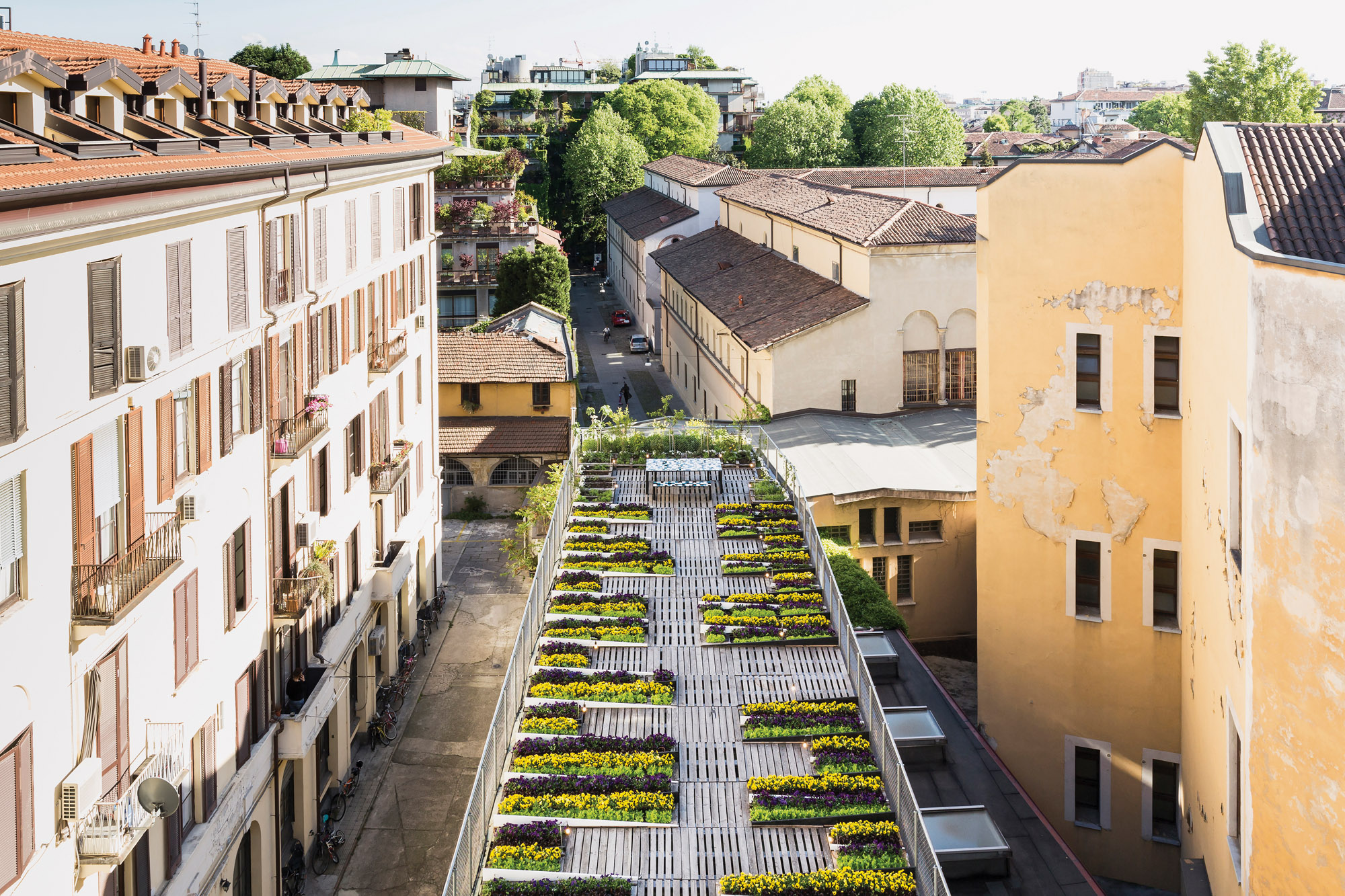
Milan has long been a city of secret gardens. In this dense, industrial, grande dame of a metropolis, composed of large apartment blocks and walled-off palazzos, one of the great joys of wandering aimlessly is accidentally discovering the planted clearings and courtyards that offer respite from its fabricated scenery. Still, many such green spots remained private and off-limits to most until recently, when more parks and community vegetable gardens slowly started to make an appearance. Milan Green Week in 2019 and local organisations such as Clever Cities and RoofMatters have been helping to foster sustainable practices in the city, including a culture of urban gardening and green roofs.
Brera-based architecture studio Piuarch has been cultivating its own planted roof since 2015, titled Garden Among the Courtyards – enhancing liveability, wellbeing and social relations for both employees and the local neighbourhood. Directors Germán Fuenmayor, Gino Garbellini, Monica Tricario and Francesco Fresa believe that while the design community is aware and engaged in the dialogue about creating more green space in their city, there’s still much to do. ‘It is not only about urban planning but also about subverting social, cultural and educational policies within the city and people,’ says Fresa.
Their Re-Made response? An urban gardener’s survival kit, conceived as a design object that bridges functionality and aesthetics, while providing a muchneeded horticultural solution for city dwellers with no access to green spaces. The aim is to develop ‘a modular totem of urban agriculture for individuals living in cities’, explains Fresa. ‘The module combines multiple functions, becoming a sort of multi-tool, a place to read, work, meditate, listen to music and work out.’
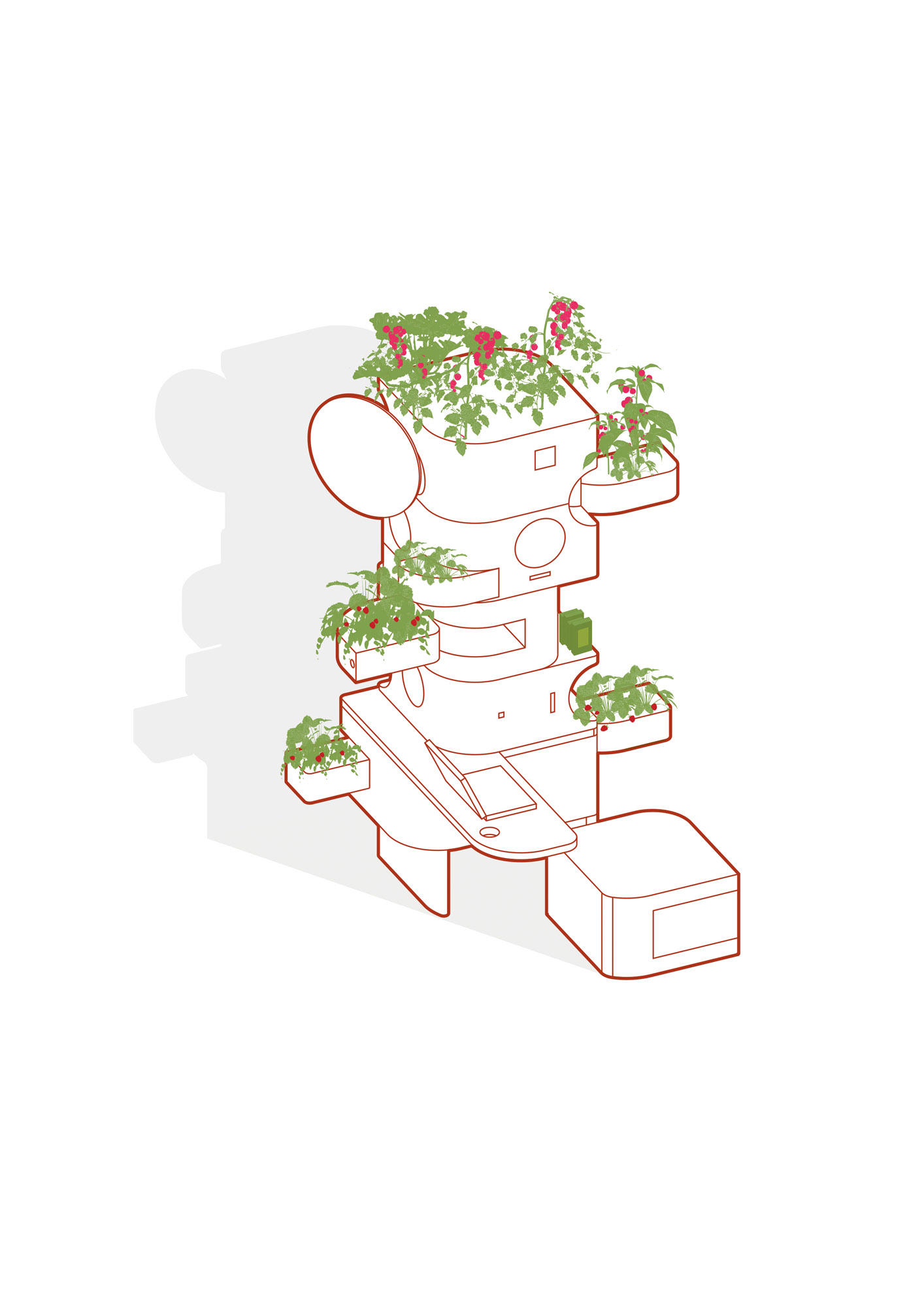
Piuarch has devised a blueprint for urban gardeners that embraces multiple functions. Solar power and a charging pad mingle with planting space in the fold-out module
The practice is no stranger to exploring the environmental and social aspects of architecture. ‘For us, the very concept of sustainability has many different meanings, not only in terms of energy and preserving the environment, but regarding landscape and social elements, too,’ says Fresa. ‘That is why cities have kind of lost their sense of place in their attempt to be smarter than ever. They are losing contact with both the human and the natural dimensions.’
The team has been involved in a variety of projects around urban agriculture and sustainable food production. Examples include the vegetable garden on their own green roof, conceived as an ecosystem that fosters biodiversity, improves the food supply chain and guarantees quality products; Espaço, a 2018 installation in São Paulo, aimed at restoring neglected urban areas and empowering the local community, especially children, involving them in play-training and food gardening activities; and Synergy Gardens, a 2018 network of urban gardens on rooftops of Chicago Public Schools, in the so-called ‘food deserts’, low-income neighbourhoods with limited access to nutritious food. For Piuarch, this Re-Made project is part of a wider discourse about reimagining cities and envisioning a more sustainable future for all.
‘The kit aims at creating a domestic Eden to grow plants and bring nature back into people’s lives, as well as taking care of wellbeing, and fostering healthy and enriching activities in a small place. It’s a sort of cabinet for multiple uses,’ says Fresa. ‘While we all agree on the benefits of open-air activities and consuming healthy organic food, we also know that not everyone living in big cities is able to do that on a daily basis. It can be an issue of time, space, money or the recent pandemic.’
While the project was developed before Covid-19 hit, the Milan-based team’s recent experience of lockdown has given the concept – a product to improve small-space living – new meaning and importance. ‘It can become a powerful tool,’ points out Fresa.
The kit comes as a simple, totem-like piece of furniture, which unfolds into a little garden, complete with hydroponic system and solar panels, a table, seats, telephone charger pad, sound amplifier and yoga mat station. Inspiration came from multifunctional objects that transform to accommodate a range of uses, and even the efficiency of the old-school one-man band. The team are on the hunt for the right manufacturing partner, and they say that options such as recyclable biocomposite plastics or timber, or even renewable, intelligent packaging material, are appealing to explore.
‘Everyone should have a rooftop garden, everyone should be able to enjoy the benefit of urban agriculture,’ concludes Fresa. ‘It is challenging, pleasant and helps to raise awareness of food and ecological choices.’
INFORMATION
Wallpaper* Newsletter
Receive our daily digest of inspiration, escapism and design stories from around the world direct to your inbox.
Ellie Stathaki is the Architecture & Environment Director at Wallpaper*. She trained as an architect at the Aristotle University of Thessaloniki in Greece and studied architectural history at the Bartlett in London. Now an established journalist, she has been a member of the Wallpaper* team since 2006, visiting buildings across the globe and interviewing leading architects such as Tadao Ando and Rem Koolhaas. Ellie has also taken part in judging panels, moderated events, curated shows and contributed in books, such as The Contemporary House (Thames & Hudson, 2018), Glenn Sestig Architecture Diary (2020) and House London (2022).
-
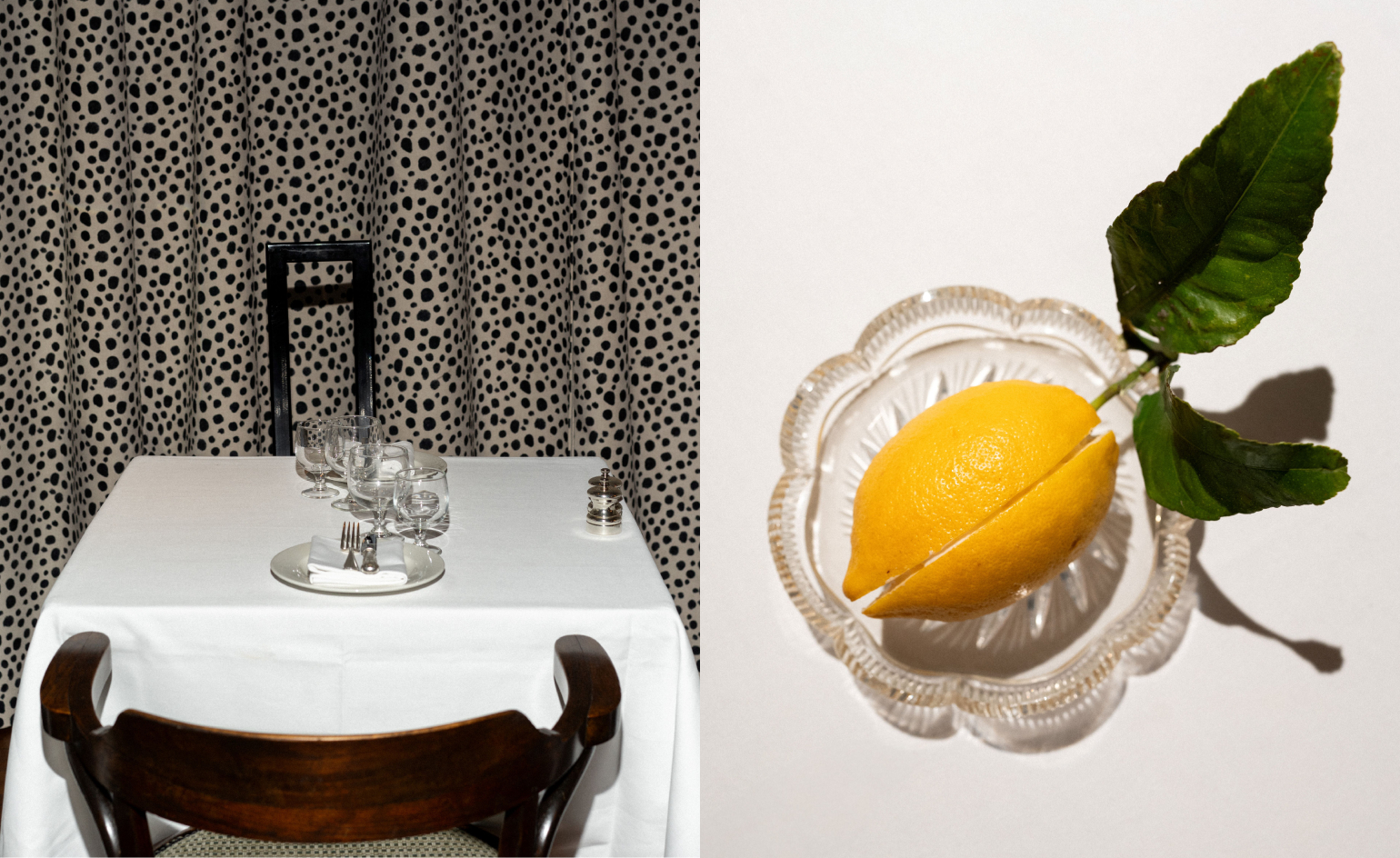 Marylebone restaurant Nina turns up the volume on Italian dining
Marylebone restaurant Nina turns up the volume on Italian diningAt Nina, don’t expect a view of the Amalfi Coast. Do expect pasta, leopard print and industrial chic
By Sofia de la Cruz
-
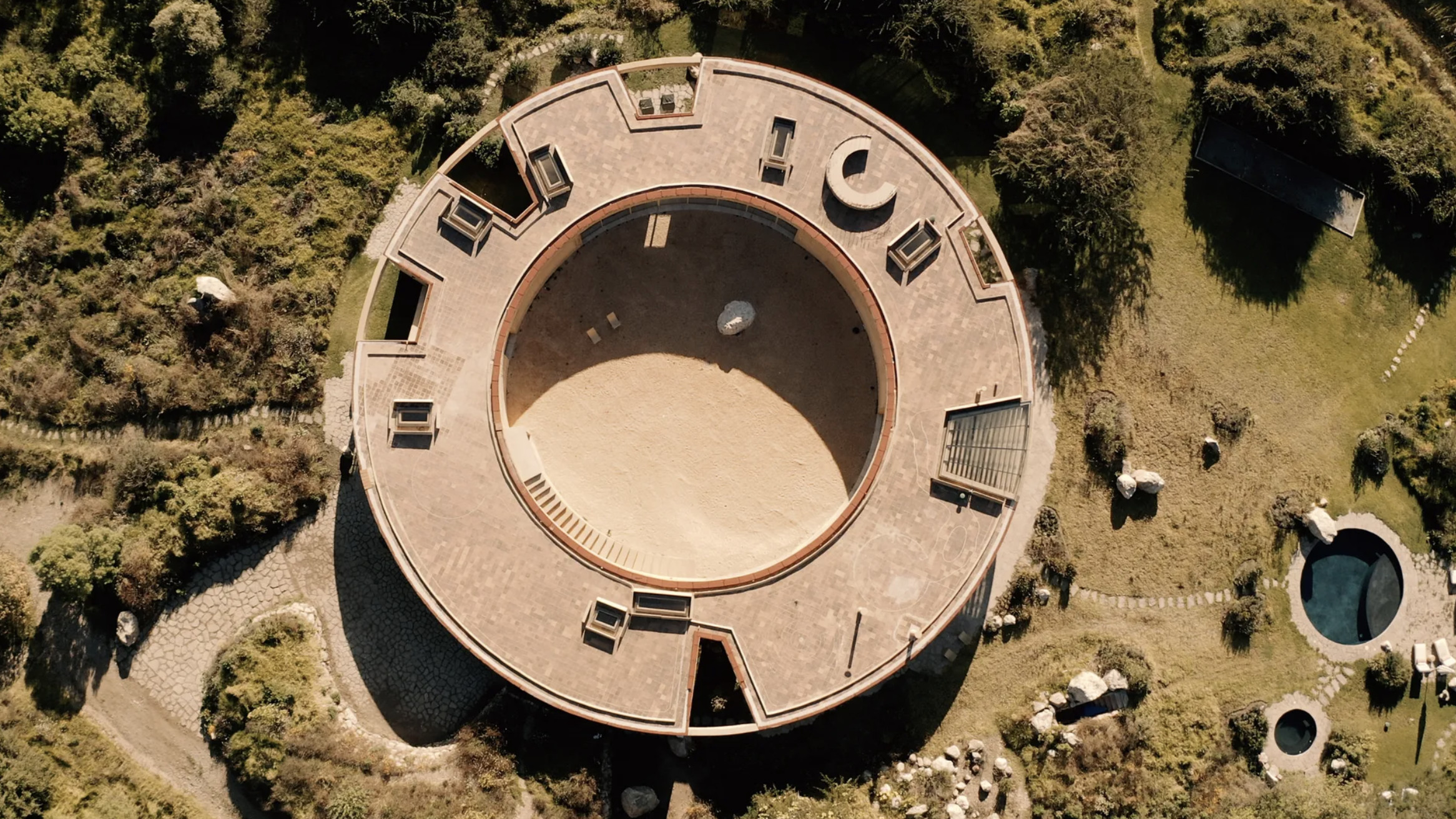 Tour the wonderful homes of ‘Casa Mexicana’, an ode to residential architecture in Mexico
Tour the wonderful homes of ‘Casa Mexicana’, an ode to residential architecture in Mexico‘Casa Mexicana’ is a new book celebrating the country’s residential architecture, highlighting its influence across the world
By Ellie Stathaki
-
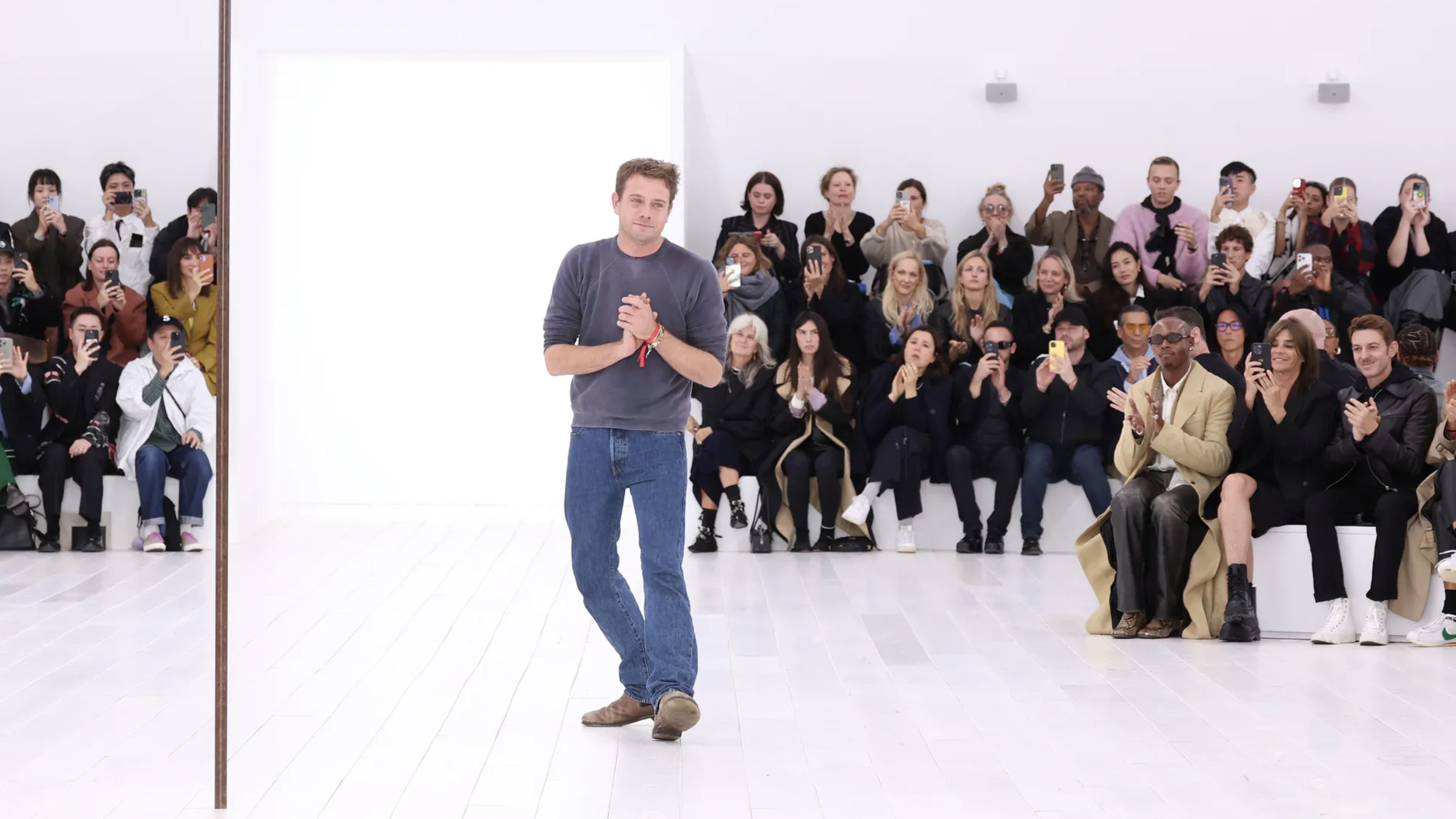 Jonathan Anderson is heading to Dior Men
Jonathan Anderson is heading to Dior MenAfter months of speculation, it has been confirmed this morning that Jonathan Anderson, who left Loewe earlier this year, is the successor to Kim Jones at Dior Men
By Jack Moss
-
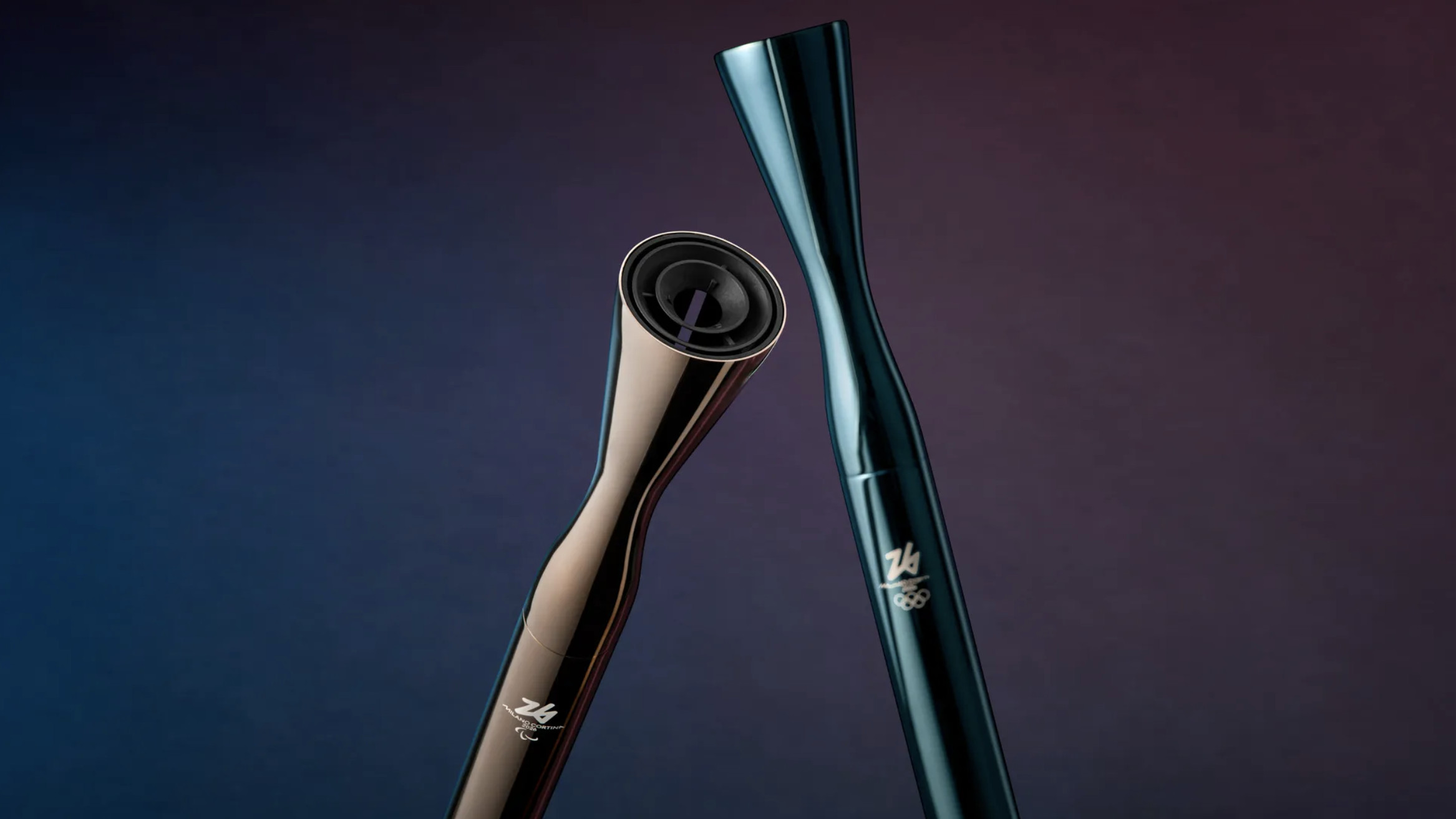 2026 Olympic and Paralympic Torches: in Carlo Ratti's minimalism ‘the flame is the protagonist’
2026 Olympic and Paralympic Torches: in Carlo Ratti's minimalism ‘the flame is the protagonist’The 2026 Olympic and Paralympic Torches for the upcoming Milano Cortina Games have been revealed, designed by architect Carlo Ratti to highlight the Olympic flame
By Ellie Stathaki
-
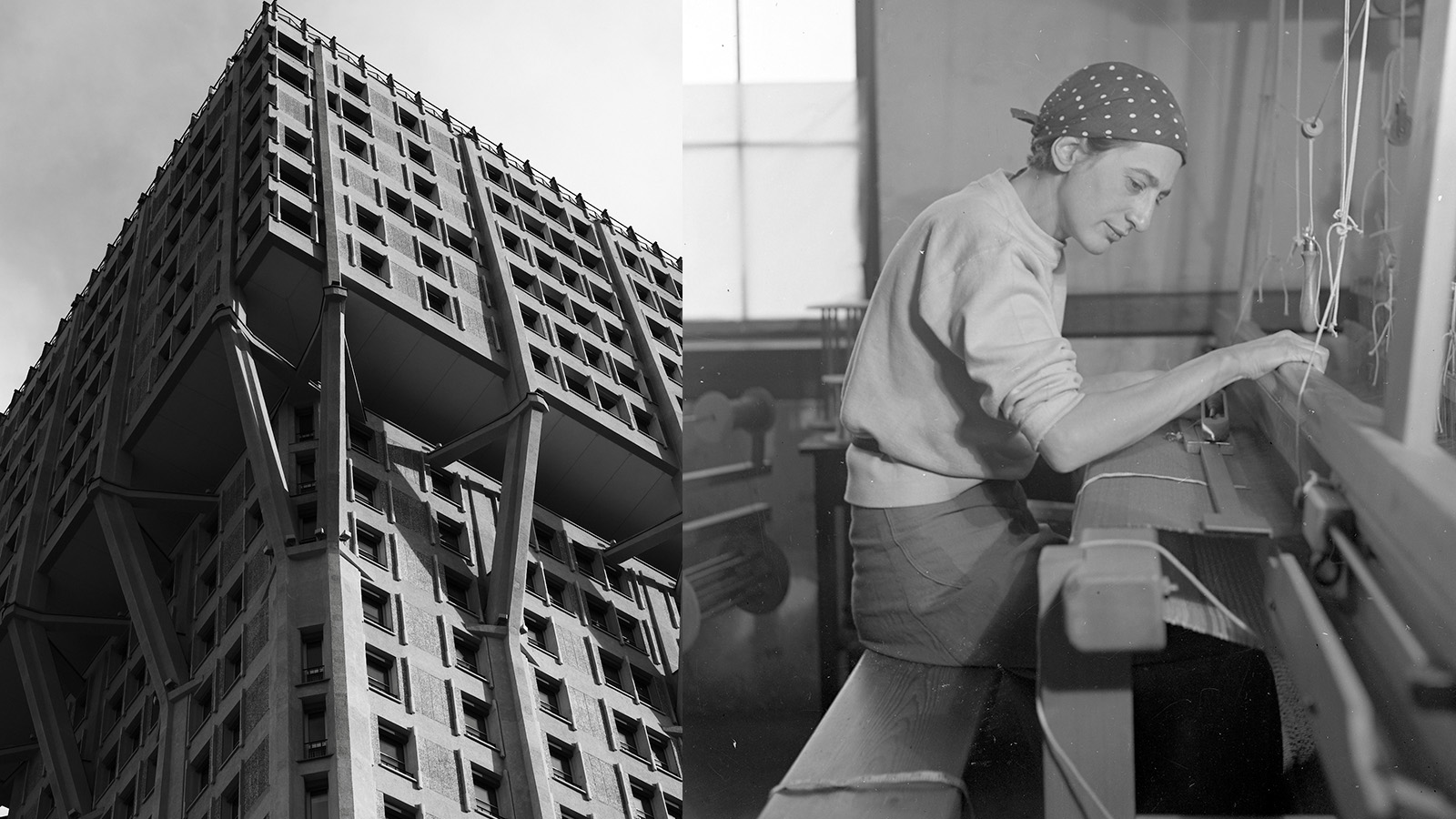 Anni Albers' weaving magic offers a delightful 2-in-1 modernist showcase in Milan
Anni Albers' weaving magic offers a delightful 2-in-1 modernist showcase in MilanA Milan Design Week showcase of Anni Albers’ weaving work, brought to life by Dedar with the Josef & Anni Albers Foundation, brings visitors to modernist icon, the BBPR-designed Torre Velasca
By Ellie Stathaki
-
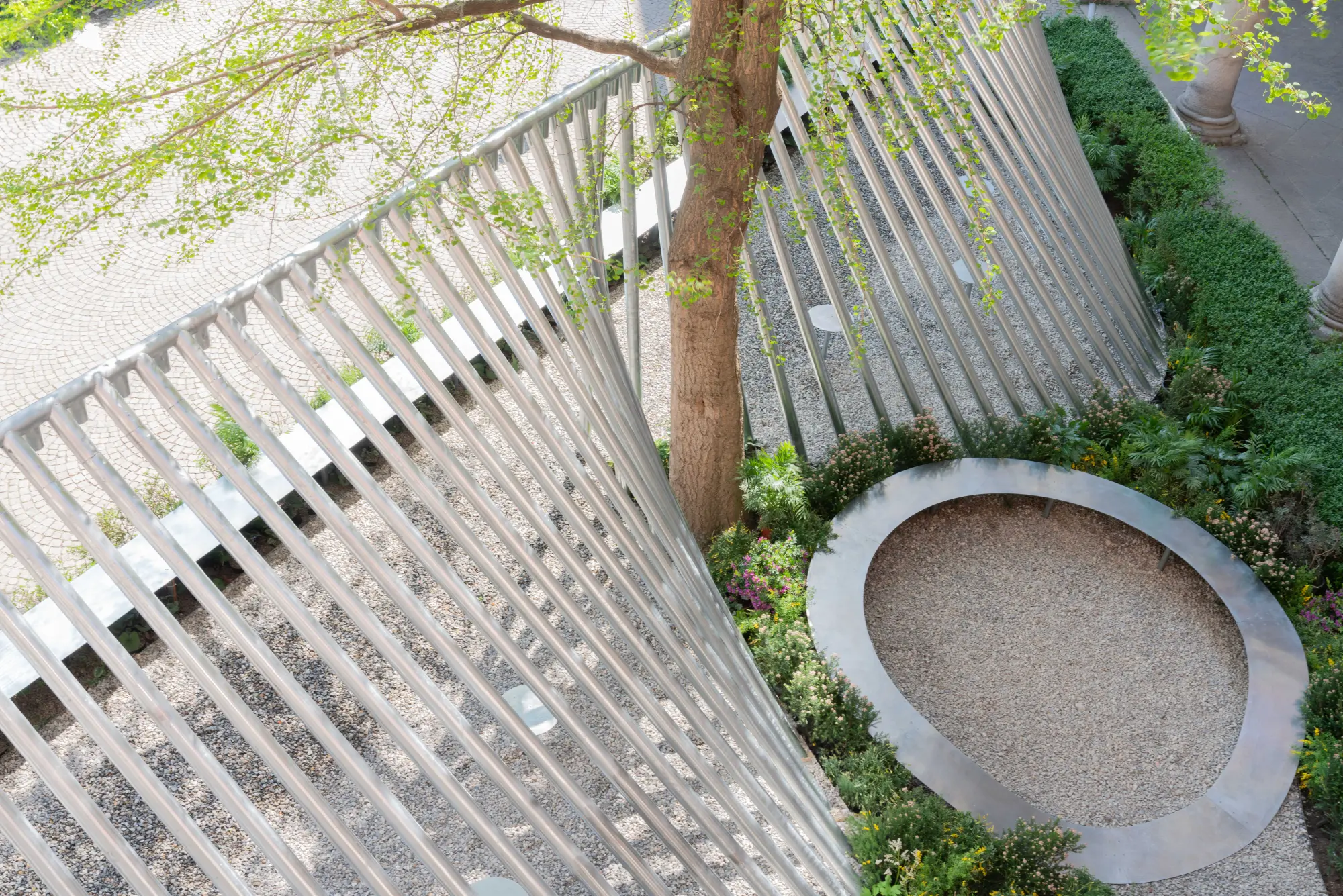 Milan Design Week: ‘A Beat of Water’ highlights the power of the precious natural resource
Milan Design Week: ‘A Beat of Water’ highlights the power of the precious natural resource‘A Beat of Water’ by BIG - Bjarke Ingels Group and Roca zooms in on water and its power – from natural element to valuable resource, touching on sustainability and consumption
By Ellie Stathaki
-
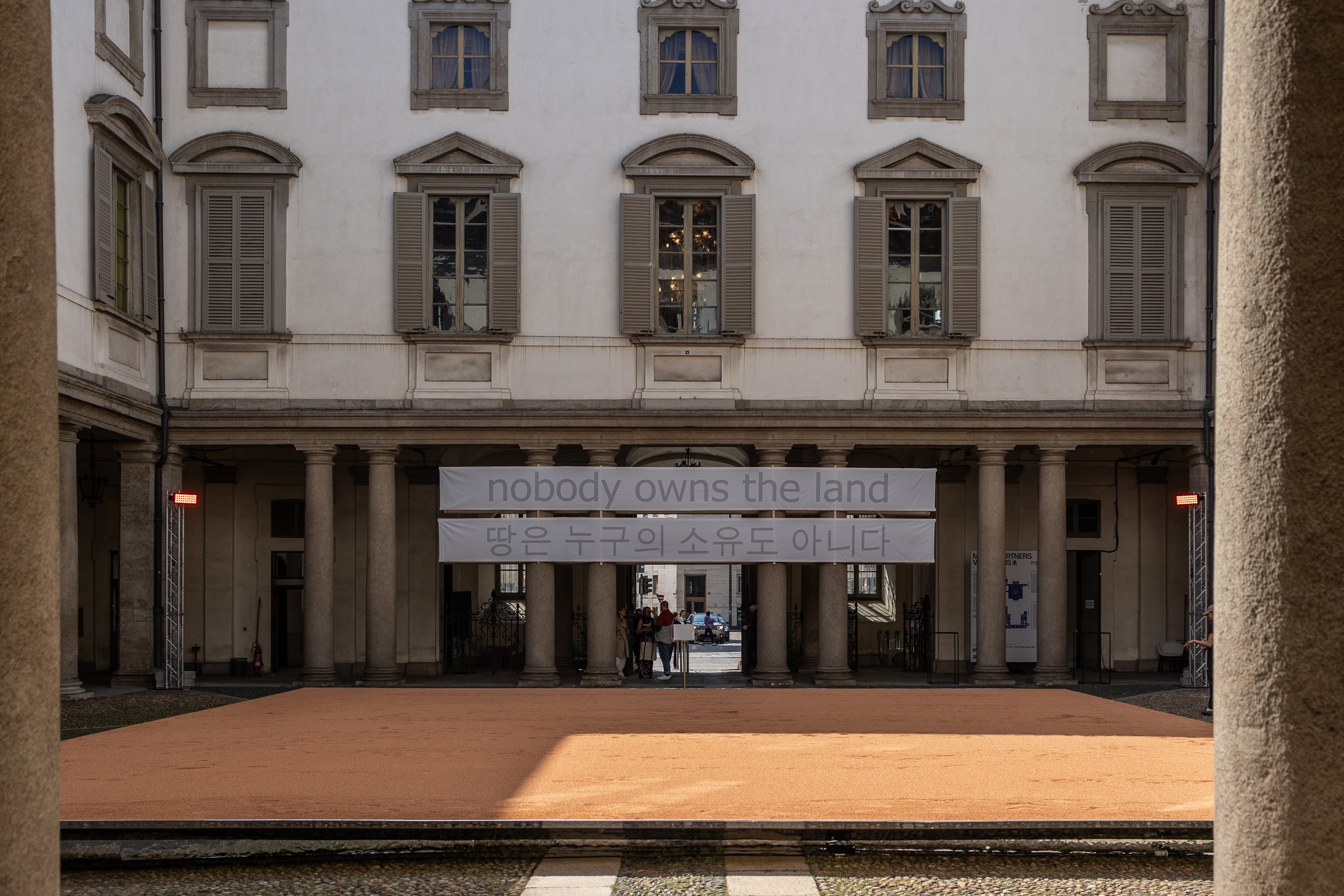 This Milan Design Week installation invites you to tread barefoot inside a palazzo
This Milan Design Week installation invites you to tread barefoot inside a palazzoAt Palazzo Litta, Moscapartners and Byoung Cho launch a contemplative installation on the theme of migration
By Ellie Stathaki
-
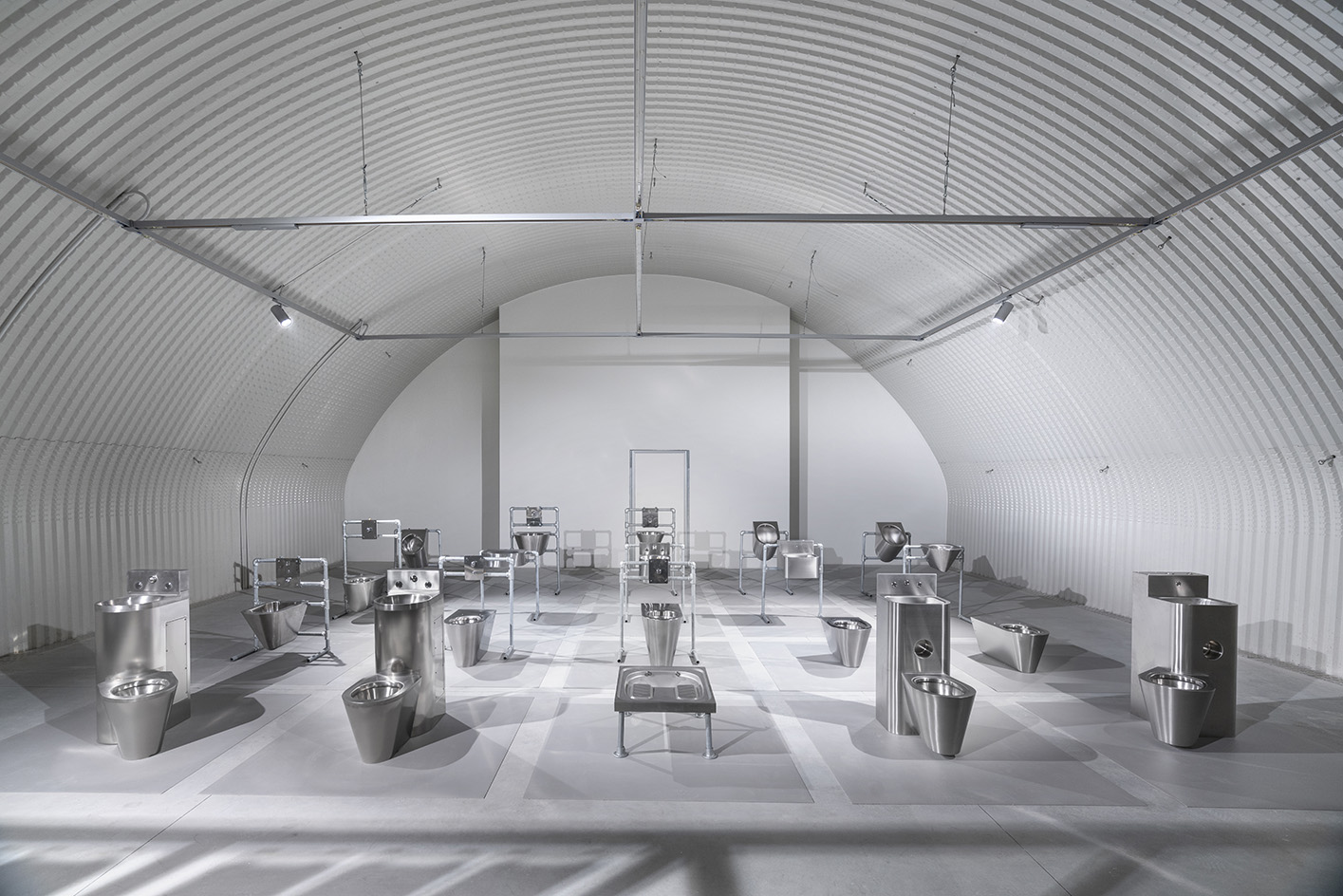 Milan Design Week: Dropcity challenges detention space design with 'Prison Times'
Milan Design Week: Dropcity challenges detention space design with 'Prison Times'Dropcity's inaugural exhibition 'Prison Times – Spatial Dynamics of Penal Environments', opens a few days before the launch of Milan Design Week and discusses penal environments and their spatial design
By Ellie Stathaki
-
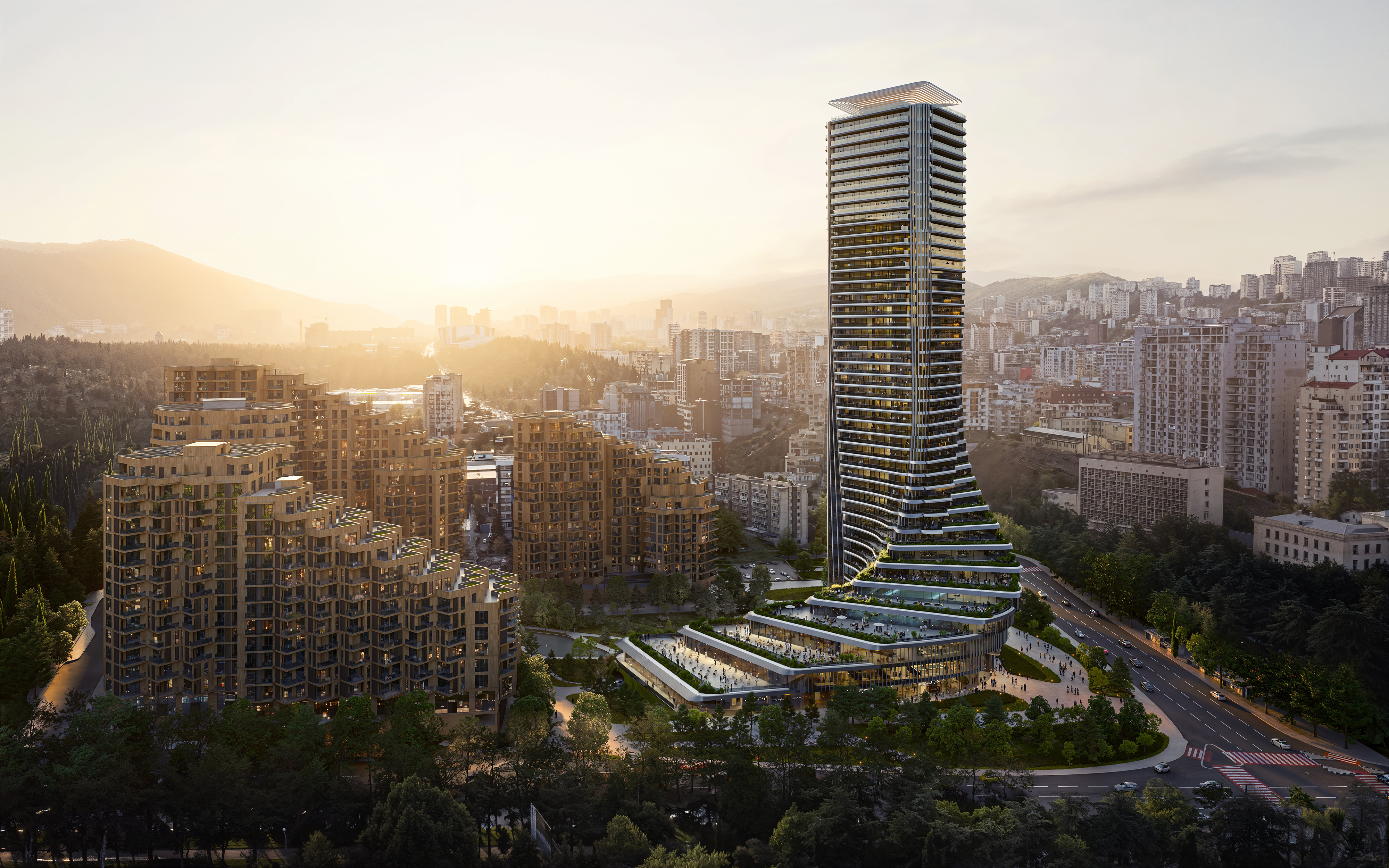 The upcoming Zaha Hadid Architects projects set to transform the horizon
The upcoming Zaha Hadid Architects projects set to transform the horizonA peek at Zaha Hadid Architects’ future projects, which will comprise some of the most innovative and intriguing structures in the world
By Anna Solomon
-
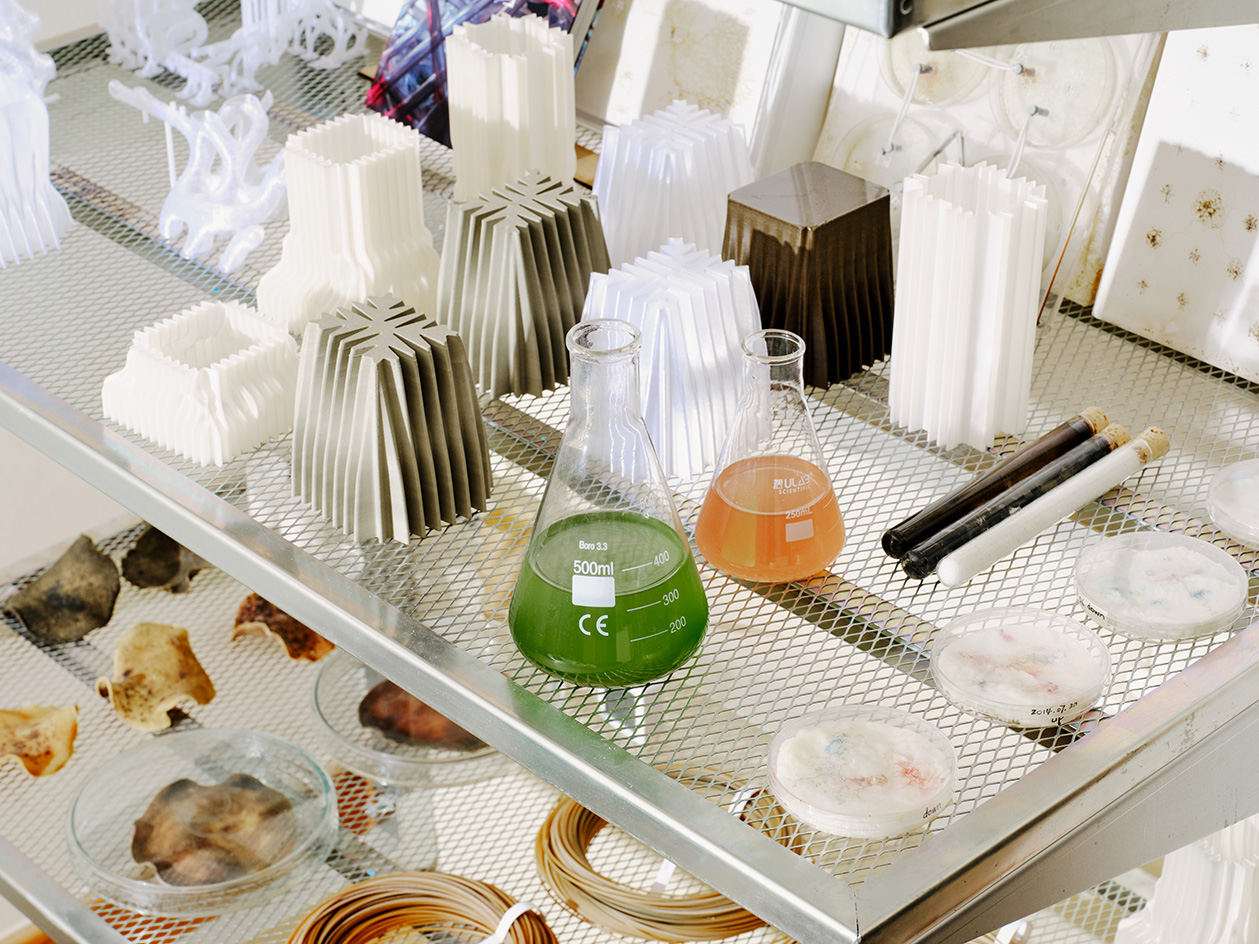 Is biodesign the future of architecture? EcoLogicStudio thinks so
Is biodesign the future of architecture? EcoLogicStudio thinks soWe talk all things biodesign with British-Italian architecture practice ecoLogicStudio, discussing how architecture can work with nature
By Shawn Adams
-
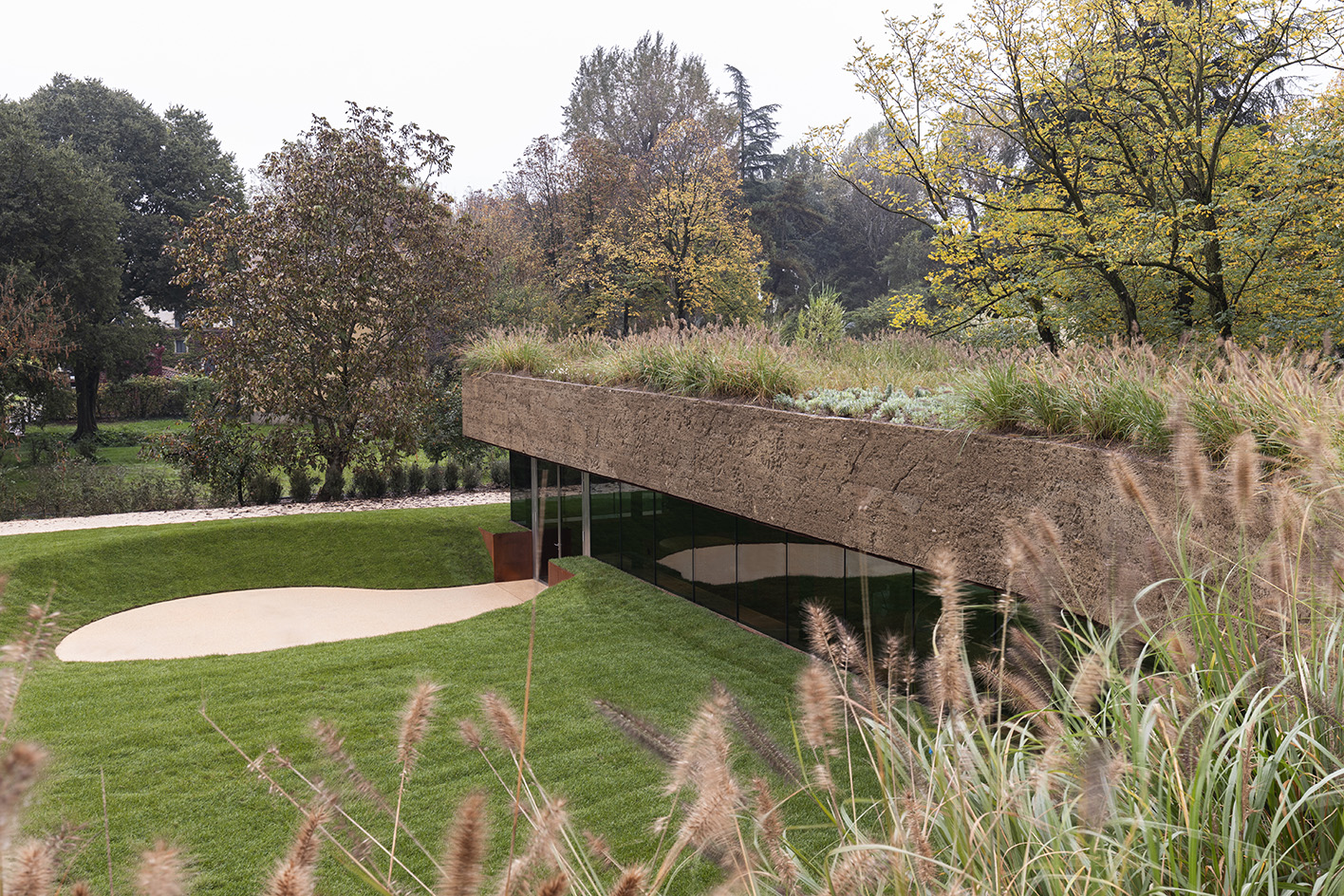 Meet Carlo Ratti, the architect curating the 2025 Venice Architecture Biennale
Meet Carlo Ratti, the architect curating the 2025 Venice Architecture BiennaleWe meet Italian architect Carlo Ratti, the curator of the 2025 Venice Architecture Biennale, to find out what drives and fascinates him ahead of the world’s biggest architecture festival kick-off in May
By Ellie Stathaki